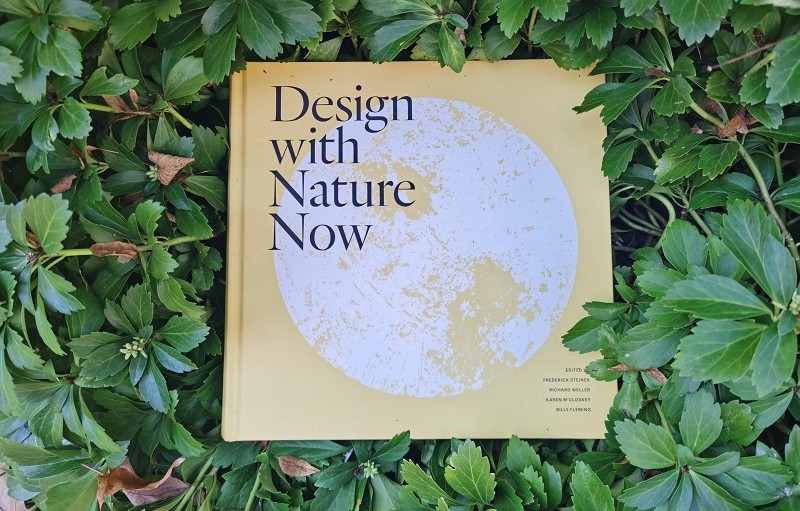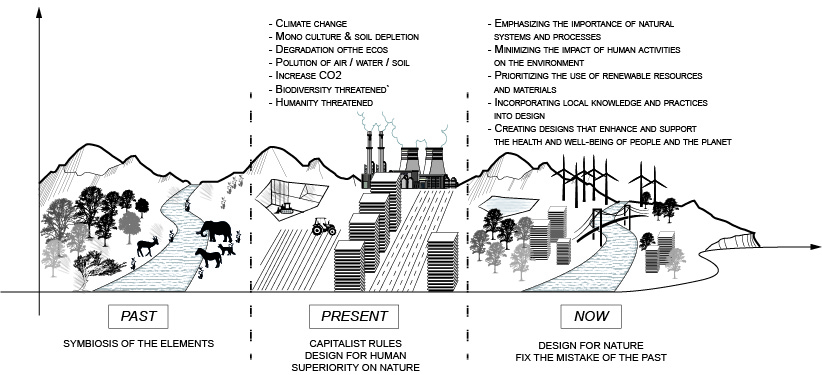
“Design with nature” is an approach to design that emphasizes the importance of working with natural systems and processes, rather than trying to dominate or control them. It is a philosophy that emerged in the mid-20th century as a response to the negative impacts of urbanization and industrialization on the natural environment.
The book, titled “Design with Nature Now,” also includes essays from leading landscape architects and scholars, analyzing Mc Harg’s legacy and the current state of ecological design. Mc Harg’s landmark 1969 book advocated for a holistic approach to landscape architecture that embraced the natural world and sought to balance human needs with ecological systems. The new volume aims to showcase how designers today are continuing Mc Harg’s work, grappling with urgent environmental challenges and incorporating cutting-edge technology and materials to create sustainable landscapes.
Today, designing with nature involves incorporating sustainable practices into all aspects of design, from architecture and urban planning to product design and engineering. This can include using renewable materials, minimizing waste and pollution, and creating designs that are in harmony with the surrounding environment.
In the diagram below, we attempt to represent the major stages in the evolution of humanity, which in the Anthropocene must imperatively integrate these key elements in its reflection and action for future projects and those to preserve its environment and repair the errors of the past
- Emphasizing the importance of natural systems and processes
- Minimizing the impact of human activities on the environment
- Prioritizing the use of renewable resources and materials
- Incorporating local knowledge and practices into design
- Creating designs that enhance and support the health and well-being of people and the planet
Overall, designing with nature is about creating sustainable, resilient, and beautiful designs that work with, rather than against, the natural world. It is an essential approach for addressing the urgent environmental challenges we face today, and for building a more sustainable and just future for all.


